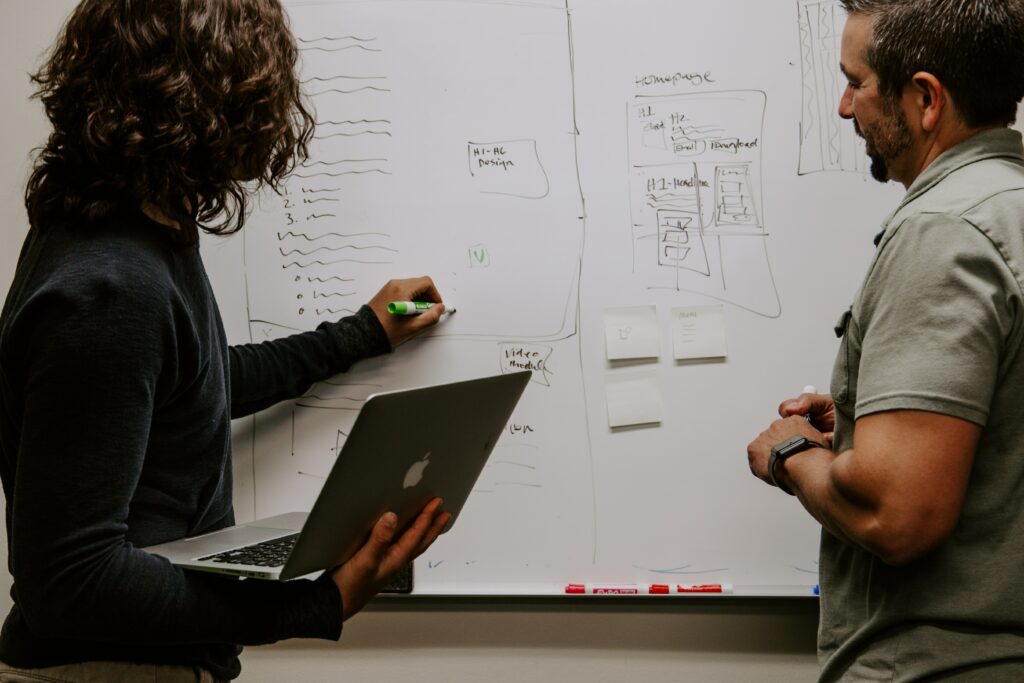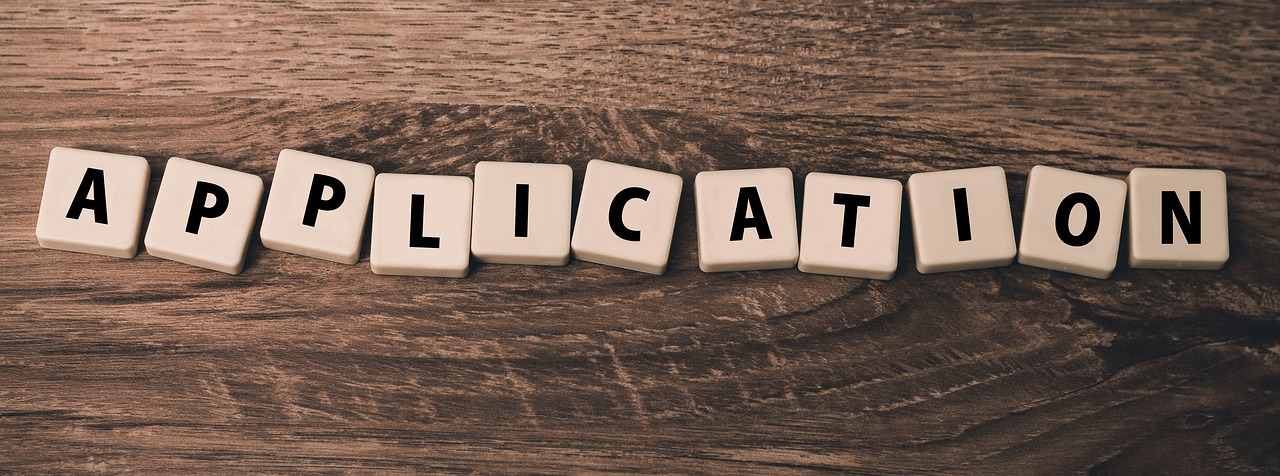The collaborative drafting of patents is the process whereby multiple people work together to create one patent application. This usually involves patent agents or attorneys working with inventors in order to create a patent application that accurately and completely describes an invention. Collaboration among co-inventors can enhance the quality of patent applications and give researchers access to vital databases of knowledge.
Collaborative drafting of patent applications among co-inventors and attorneys can help reduce costs by increasing efficiency. However, it is essential to establish clear ownership rights as well as a system for tracking inventors’ contributions.
Collaboration in drafting is beneficial for a number of reasons. It allows multiple perspectives to be taken on the invention as well as the patent application. This can ensure that the invention is covered in all its aspects. It can also reduce the number of errors and omissions since multiple people are involved in the writing process.
But collaborative drafting also presents some challenges. It can be challenging to coordinate work styles and schedules, especially when people are located in different time zones or locations. There may also be disagreements and delays caused by differences in priorities or opinions.
It is essential to set clear expectations and communicate clearly from the beginning if you want to collaborate successfully on a patent portifolio. It can be as simple as setting deadlines and outlining roles and responsibilities, or it could include establishing a feedback system and reviewing and revising the application. It is important that everyone involved in the writing process understands the relevant patent laws, regulations, and prior art.

In general, collaborative drafting can be an effective way to ensure a comprehensive, high-quality patent application that accurately describes the invention and meets legal requirements for patentability.
Collaboration — Co-Innovation
Collaboration is the process in which people come together to accomplish a common objective. It offers an invaluable opportunity for professionals to pool their skills and knowledge base together in order to craft strategies that meet business targets. Furthermore, collaboration offers teams the chance to learn from one another’s perspectives while cultivating trust within them.
Collaboration is becoming an increasingly essential element of success in today’s innovation-driven world. Studies show that effective collaboration leads to increased productivity, superior team performance, and overall business success, as well as enhanced employee satisfaction levels.
Collaboration is so crucial for success! Having the right tools available can help keep projects on track and moving forward. It also keeps your team aligned on important tasks, while guaranteeing everyone understands their roles and responsibilities.
For instance, if your company is creating a content marketing strategy, collaboration can help bring together all of the necessary skillsets and knowledge reserves needed for success. Whether it be the content team, SEO experts, product managers, or customer-facing teams – collaboration is key in getting all these groups working towards one common objective.
This is essential as it gives each team a better perspective of the issue, their struggles, and what they hope to achieve. Furthermore, it can identify any gaps or areas for improvement that need further exploration.
Collaboration can also be utilized as a form of education, such as during team learning sessions or whiteboarding sessions. It could even serve to resolve conflict when two teams need to speak about the same issue but have different perspectives.
Collaboration can have its advantages, yet it remains costly. These costs may increase when cross-sector arrangements are employed and actors lack trust in one another or fail to take advantage of external learning opportunities.
Here are some considerations and steps to consider when collaborating on the drafting of a patent application.
Identify the Inventors.
The first step in the process is to identify who invented the invention or technology that is at the heart of the patent application. Inventors have contributed significantly to the development and conception of an invention.
Create a Team
Form a team with experts who have the technical and legal knowledge necessary to effectively draft the patent application. This team can include inventors as well as patent attorneys, agents and subject matter experts.
Conduct a Prior Art search
It is important to conduct an extensive prior art search before drafting a patent application. This includes searching for existing patents, relevant scientific literature and other publicly accessible information. This is useful in evaluating the novelty and nonobviousness.
Collaborative Meetings
Schedule brainstorming sessions or collaborative meetings with the inventors. These meetings are a great way to exchange ideas, clarify technical issues, and identify the main features and benefits of your invention. The discussion should be centered on the novelty of the invention and its inventive step.
purpose
Meetings are held to promote effective communication and collaboration between the parties involved in the process of submitting a patent. These meetings are a great way to share knowledge, align expectations and gather input from various perspectives.
Invention Disclosure
During the meetings, inventors will disclose and describe their inventions in detail. The inventors provide details about the technical features, aspects, and possible applications of their invention. The drafting team can then capture the essence of the invention in the patent application.
Documenting the invention
The team responsible for the drafting should work closely together with the inventors in order to fully document the invention. It is important to describe the technical features, functionality, and possible applications of the invention. It is essential to capture the unique features of the invention.
The patent application is drafted based on the collected information. Patent attorneys or agents will usually prepare the first draft, which incorporates the technical details provided to them by the inventors. To ensure accuracy and clarity, the draft should be reviewed by all parties involved.
Legal and Technical Review
Both legal and technical experts should review the draft. The legal team makes sure that the application complies with the applicable patent laws and regulations and meets all legal requirements. Technical experts check the draft to ensure accuracy, completeness and technical soundness.
Iterative process
The review and drafting processes may be repeated several times to address concerns and suggestions of the team and refine the application. All stakeholders can provide valuable feedback to improve the quality of a patent application.
The final version of your patent application, complete with all necessary formalities, supporting documents, and other information, is ready once the collaborative review process has been completed. The application will then be filed at the appropriate patent office such as the United States Patent and Trademark Office or the European Patent Office.

Collaboration with Patent Lawyers
As an inventor, you must work together with your patent lawyer on the preparation of your patent application. They will help define the scope of your invention in draft claims and create any necessary drawings to back up those assertions. This process can take some time and requires numerous conversations between both of you.
Another essential step of the patent drafting process is creating a draft specification of your invention. This document serves as the foundation for your patent application and guides how a patent examiner interprets your claims.
You should create a comprehensive description of your invention and include any pertinent details that could aid the patent examiner in understanding it better. This should include information regarding the workings of your device, as well as any features it possesses.
A patent is a legal document that is granted by the patent office and gives exclusive ownership of an invention for 20 years from the filing date. This ensures protection from competitors accessing your invention during that period.
However, there may be potential pitfalls to be aware of when working together on a project with other companies. It’s wise to guarantee that all parties involved in the collaboration agree to sole inventorship for any new inventions created during the project; otherwise, determining who owns the invention after completion may prove challenging.
Additionally, it’s essential to assess any intellectual property (IP) created by the project. This is especially pertinent when there are multiple parties involved and there may be more IP at stake in a dispute than anticipated at the outset of negotiations.
This implies that any disagreements regarding intellectual property ownership could have profound effects on future developments and profitability in any company. In some cases, how IP ownership should be allocated may even determine whether a project succeeds or fails.
Collaboration with Software
In today’s digital disruption and industry convergence, businesses must often collaborate to access the skills, assets, and support they require. Collaborating teams of experts help businesses create innovative products and services, save time and effort on existing tasks, and unlock fresh approaches to existing problems.
Collaboration with software is becoming more and more essential to modern innovation, as it enables teams to share files and communications across platforms – making information accessible at any time. Many collaboration tools also feature comprehensive document management systems as well as content creation capabilities that enable companies to produce informative material for both internal and external audiences.
Collaborative drafting of patent applications between co-inventors and their lawyer is key for a successful application, as this guarantees inventors have an intimate knowledge of the claims made in their application and how their invention stands apart from others in terms of novelty, non-obviousness, and uniqueness. To do this requires an intricate comprehension of the invention as well as an exhaustive explanation of its operation.
Studies show that applications with multiple inventors tend to have a higher success rate than those drafted by single inventors. This may be because collaborative drafting encourages inventors to explore and rethink their ideas, leading to the creation of new features or processes impossible without assistance from other collaborators.
Furthermore, scientific institutions that participate in patent preparation tend to produce better patenting outcomes because they possess an array of institutional memory and thematic expertise that can be leveraged when crafting applications. Furthermore, scientific institutions typically possess a comprehensive R&D support structure not available to most small innovative businesses.
Furthermore, the results suggest scientific organizations are more willing to collaborate on patents than their American counterparts. This could be due to the fact that many scientific institutes are located abroad and have a culturally specific approach when dealing with intellectual property matters.
Implementing a collaboration platform may seem costly at first, but the benefits in productivity and efficiency will far outweigh any initial expense. Being able to collaborate with team members from around the world is especially helpful in today’s globalized world as it allows teams to reach out and work with those who may not have access to traditional forms of communication. Furthermore, companies gain an edge by connecting with top minds from around the globe.
Collaborative drafting among co-inventors and attorneys is often recommended to enhance the quality of a final patent application. This type of collaboration involves several meetings, usually in an open space, where co-inventors and a patent attorney come together to create a draft together.
Before the writing begins, the collaborative group must agree on what they wish to convey about the invention and its scope. Each member then works on a different portion of the document.

Collaborative drafting can be an effective way to guarantee everyone’s input is taken into account and no one takes over the project. However, it is essential for team members to comprehend their specific roles and how they fit with other people’s work on the document.
Team members must have an inclusive mindset. This implies understanding their role and its connection to other members of the team.
High-quality patent applications always include a comprehensive review of the relevant prior art. This includes patents, articles, books, and other publications pertaining to the innovation. This helps define the invention within its context of what others have done and allows the drafting team to focus on the most significant technological aspect. Furthermore, this ensures that claims are broad enough to encompass the innovation but not too broad that they become vulnerable to attack.

